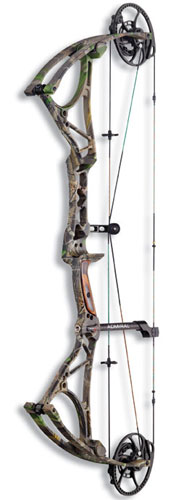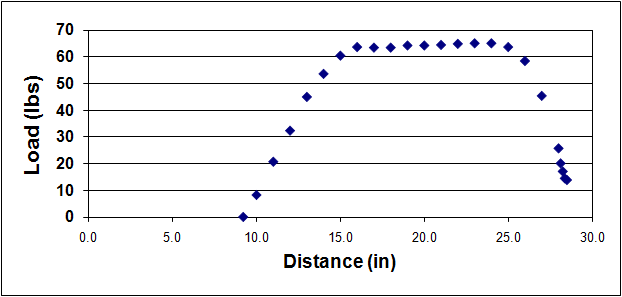Bowtech Admiral
Personal Commentary by Jon Silks about the Bowtech Admiral:
Bowtech's Admiral came on strong in the test and jumped from #3 to #2 in the overall results when speed was factored in. This bow is much like the Diamond Iceman with a little better speed. The two rigs dominated the shot noise and shock/vibration categories. The Admiral took top honors in the shot noise arena with one of the quietest shots I have ever heard out of a compound bow - truly remarkable! Handling the Admiral was a comfortable experience as the grip's two wood side panels were well blended with the riser and the overall size was well chosen. In the shock/vibration category the Admiral could have easily been number one, as it flirted with the top spot often, only to be edged out by its brother. Only in the draw cycle category did the Admiral miss out on the top five. The Admiral is simply one of the best bows you will find on pro shop racks.
|
 |
||||||||||||||
Using this Table: Kinetic Energy: (in foot-pounds)
This is the energy that actually goes into propelling the arrow. Basically it is the energy that is left over from the stored energy after all of the bow system friction is accounted for. |
|||||||||||||||
Using This Graph: The area under the graph signifies the amount of energy stored by the system from brace height to full draw (power stroke). The shape of the curve is generated by a plot of draw weight in pounds against draw length in inches and gives an indication of how the bow will feel when drawn. The more rounded the curve the more "smooth" the feel of the draw cycle, however, if the curve is "squared-off" it will likely feel more aggressive. The trade off comes in performance, as the more aggressive curve is generally indicitive of more stored energy and more speed.
|
|||||||||||||||










